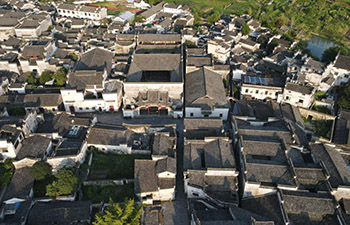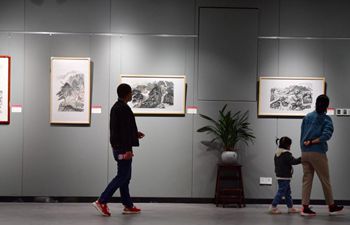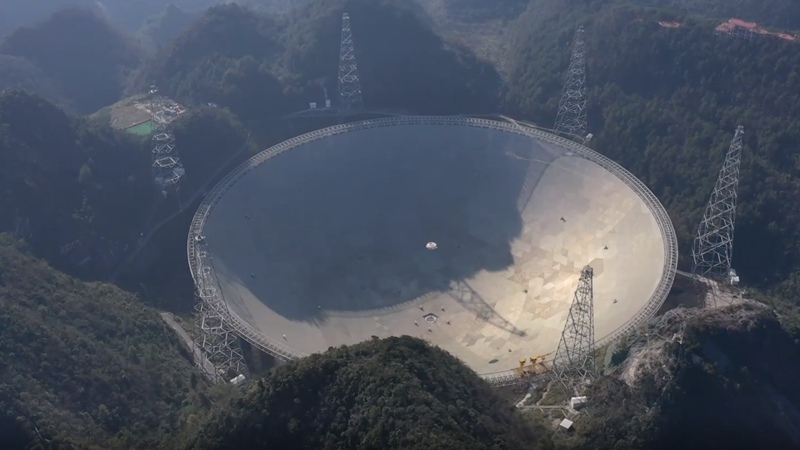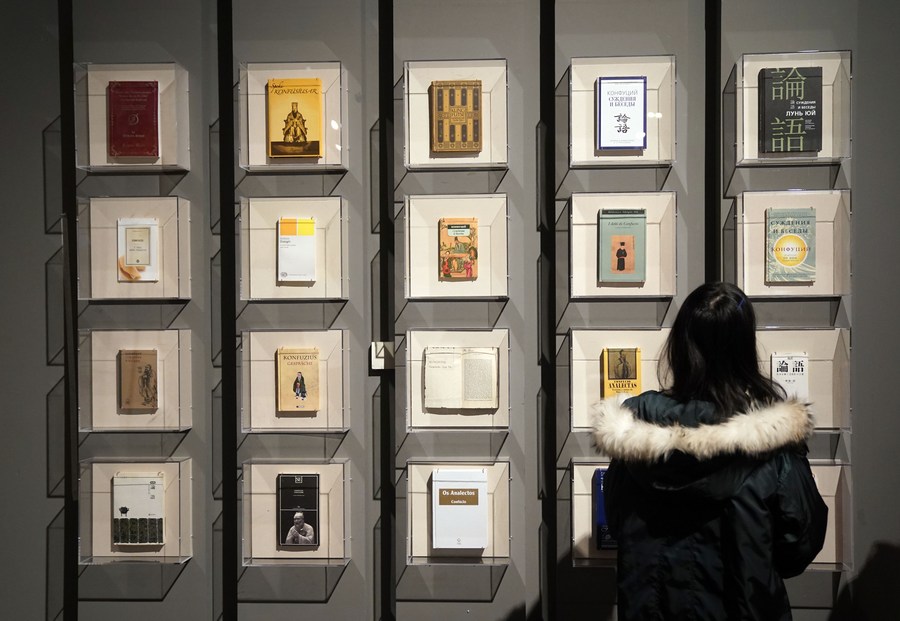
A visitor looks at the Analects of Confucius of different language versions at the National Museum of China in Beijing, capital of China, Dec. 27, 2019. (Xinhua/Jin Liangkuai)
JINAN, May 16 (Xinhua) -- China has released the Analects of Confucius -- a collection of ideas and sayings from the ancient Chinese philosopher -- in five languages for Belt and Road countries.
The Nishan World Center for Confucian Studies in Qufu, east China's Shandong Province, on Saturday unveiled the collection in the Arabic, Mongolian, Czech, Portuguese and Spanish languages to serve the building of the Belt and Road.
Born near the present-day town of Qufu, Confucius (551-479 BC) founded a school of thought that influenced later generations and became known as Confucianism. He is believed to be the first person to set up private schools in China and enroll students from all walks of life.
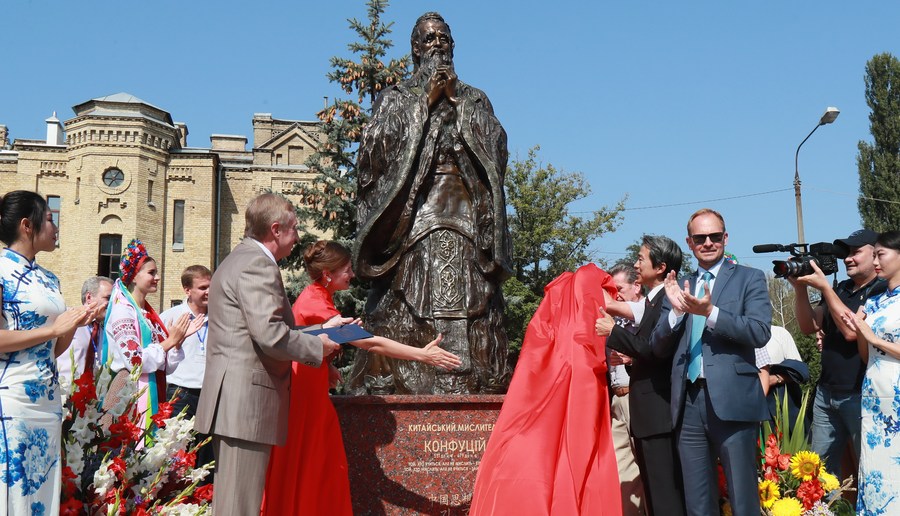
A statue of ancient Chinese educator and philosopher Confucius is seen in front of the National Technical University of Ukraine in Kiev, Aug. 31, 2018. (Xinhua/Chen Junfeng)
The Analects of Confucius is a collection of his famous sayings reflecting his political views, moral principles and educational ideas. "How happy we are to have friends from afar" and "Do not do to others what you don't want to be done to you" are among his classic sayings.
The collection has already been translated into English, Japanese, Russian, Korean, French and German.
Guo Chengyan, deputy director of the center, said the center will continue to be engaged in the translation and promotion project of the Analects of Confucius for the Belt and Road countries and play a positive role in promoting exchanges and mutual learning among world civilizations and building of a community with a shared future for humanity.
China proposed the Belt and Road Initiative in 2013, aiming to build a trade and infrastructure network connecting Asia with Europe and Africa along ancient Silk Road trade routes. ■


